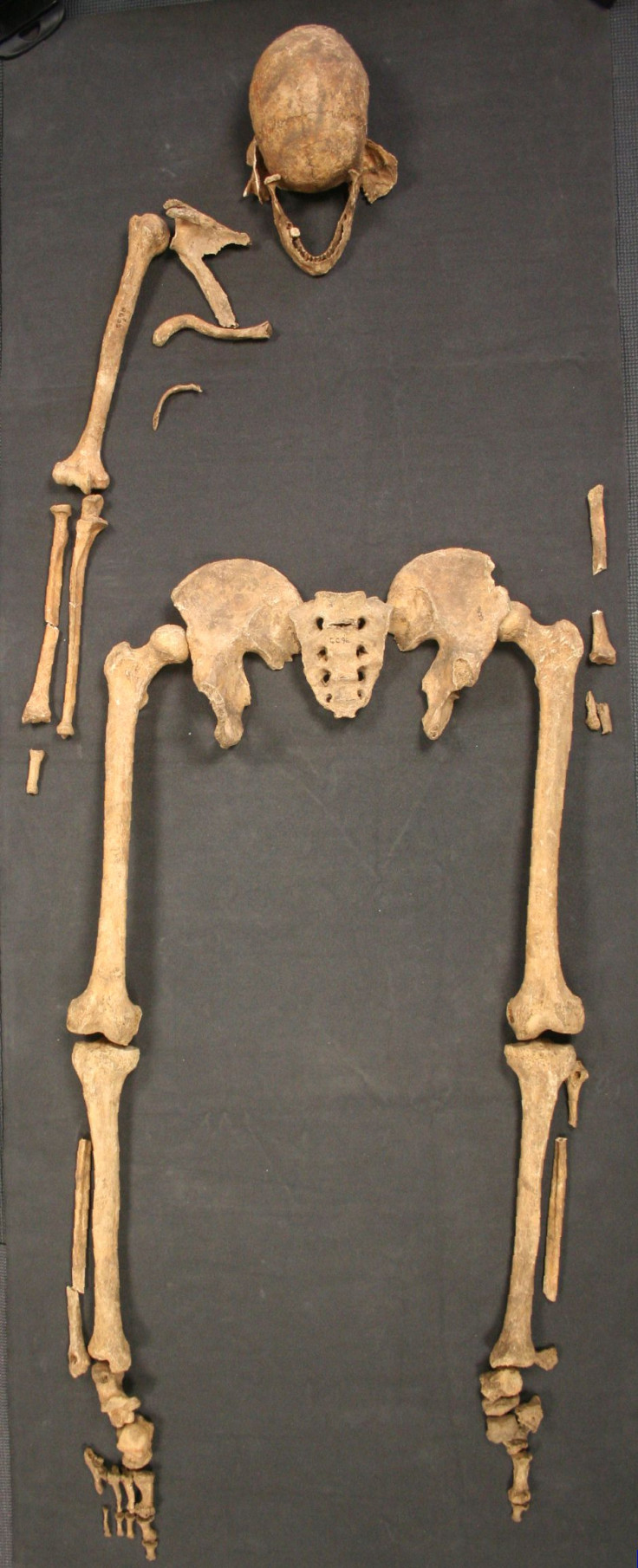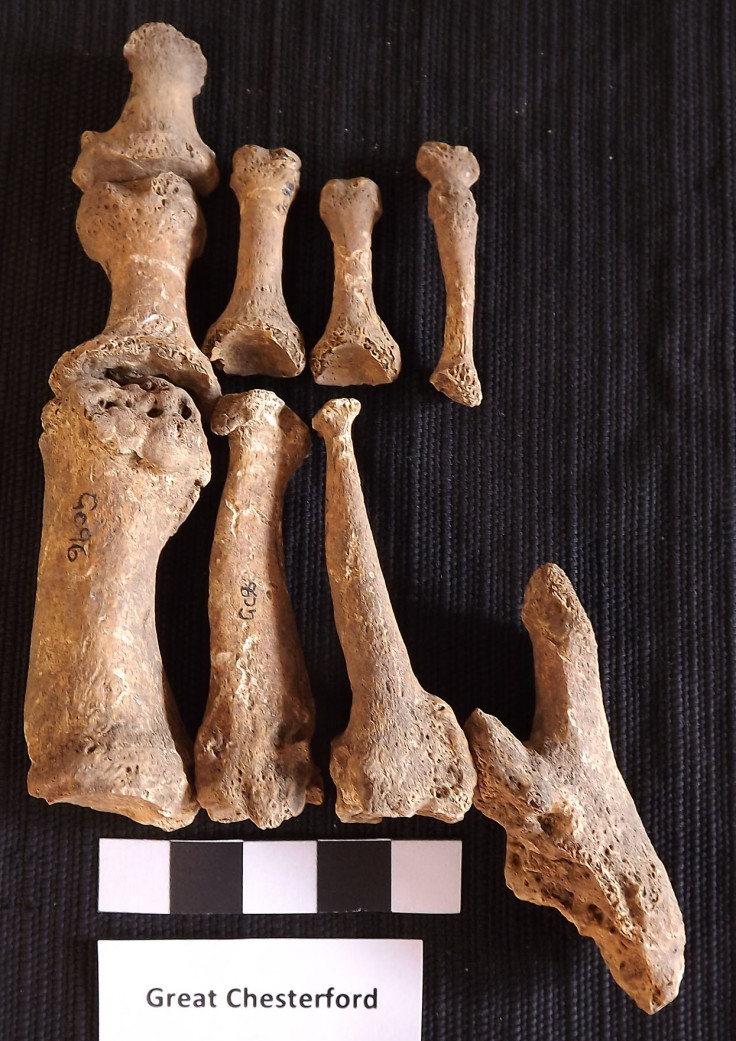Leprosy brought to Britain 'by Scandinavian man 1,500 years ago'

Leprosy might have spread to Britain from Scandinavia, a skeleton dating to the 5<sup>th or 6<sup>th century has revealed.
The skeleton of a man in his twenties was unearthed in Great Chesterford, Essex, in the 1950s.
Analysis of the bones has now revealed he was likely from southern Scandinavia and that he was suffering from leprosy. The disease has now died out in Europe, but it was prevalent from the 7<sup>th century onwards, with human migration believed to have aided its spread.
Researchers led by the University of Leiden say his bones show changes consistent with the disease, such damage to the joints and narrowing of his toes.
The study, published in the journal PLOS One, shows how modern analysis of the bones confirmed the man definitely had leprosy. Further to this, the scientists were able to carry out a detailed genetic study of the bacteria that caused the illness.
Archaeologist Sonia Zakrzewski, of the University of Southampton, said: "Not all cases of leprosy can be identified by changes to the skeleton. Some may leave no trace on the bones; others will affect bones in a similar way to other diseases.

"In these cases the only way to be sure is to use DNA fingerprinting, or other chemical markers characteristic of the leprosy bacillus."
Findings showed the leprosy strain the man was suffering from belonged to a lineage that had previously been found in burials from Medieval Scandinavia and southern Britain – but originated from a far earlier period (around the 5<sup>th or 6<sup>th century).
Isotopes from the man's teeth showed he probably grew up somewhere in northern Europe or southern Scandinavia – raising the possibility that he brought a strain of leprosy with him when he migrated to Britain.
Project leader Sarah Inskip said: "The radiocarbon date confirms this is one of the earliest cases in the UK to have been successfully studied with modern biomolecular methods.
"This is exciting both for archaeologists and for microbiologists. It helps us understand the spread of disease in the past, and also the evolution of different strains of disease, which might help us fight them in the future."
© Copyright IBTimes 2025. All rights reserved.






















